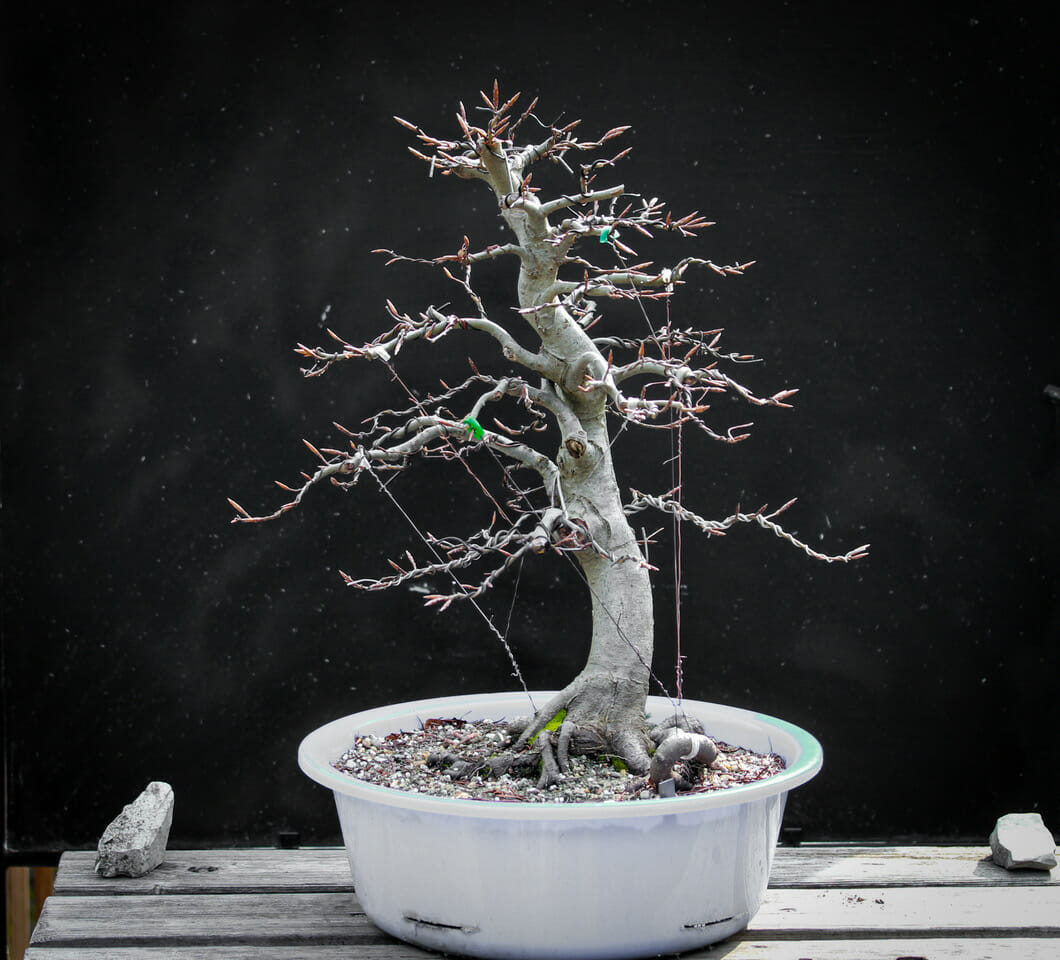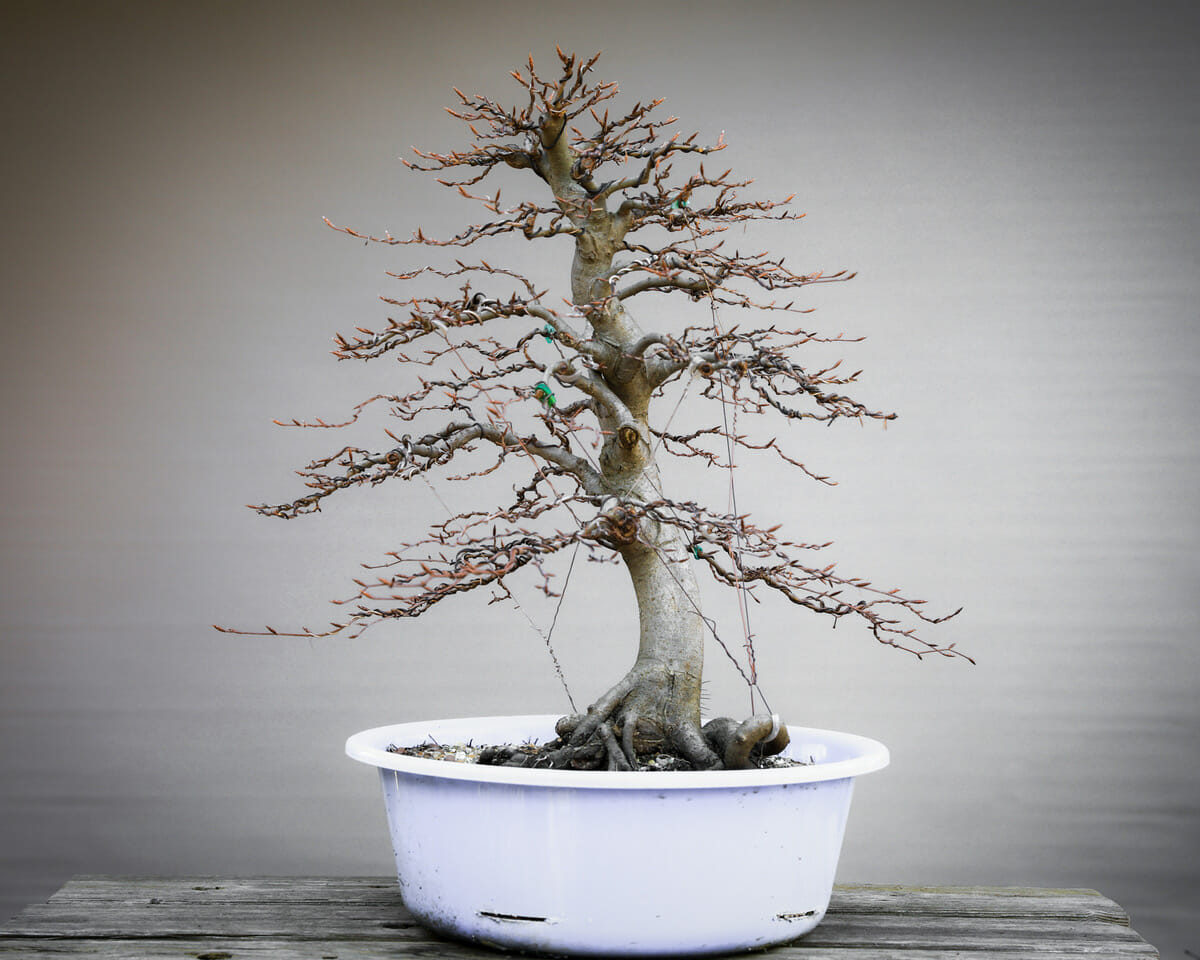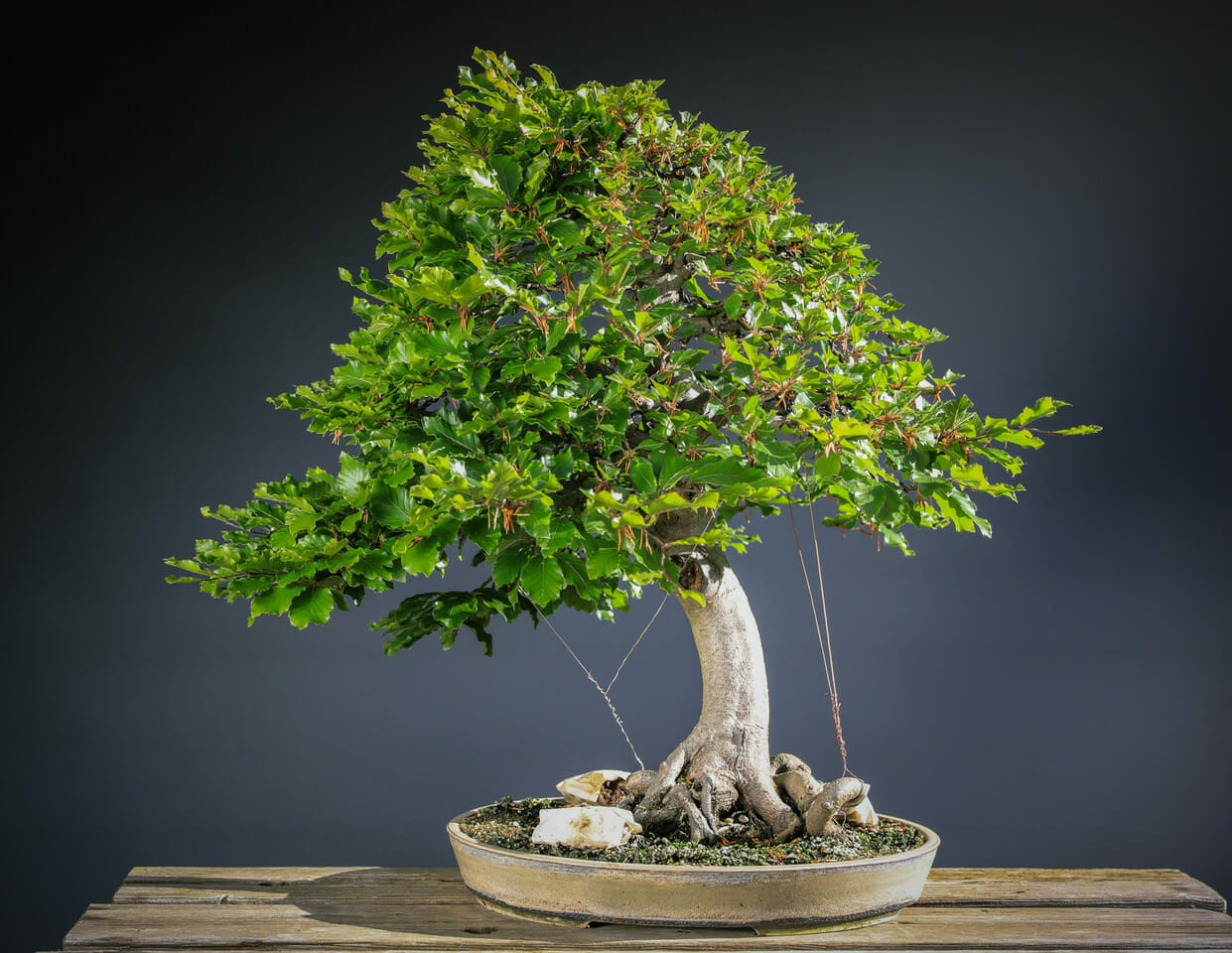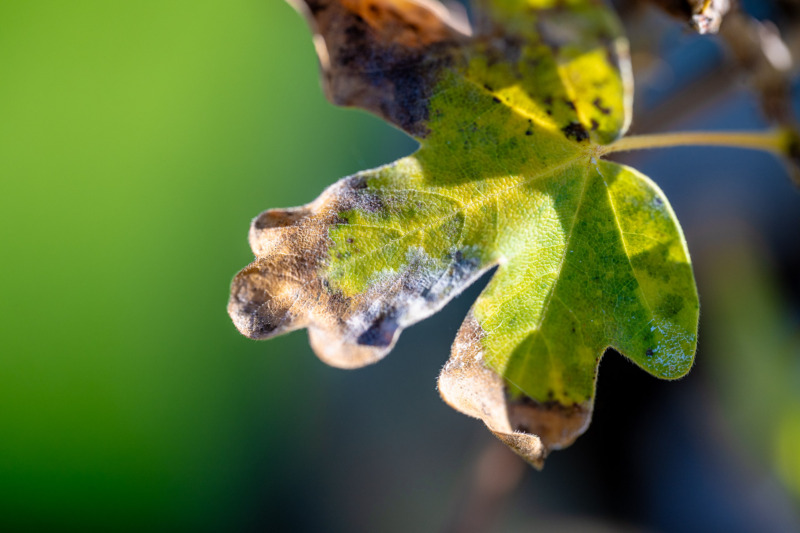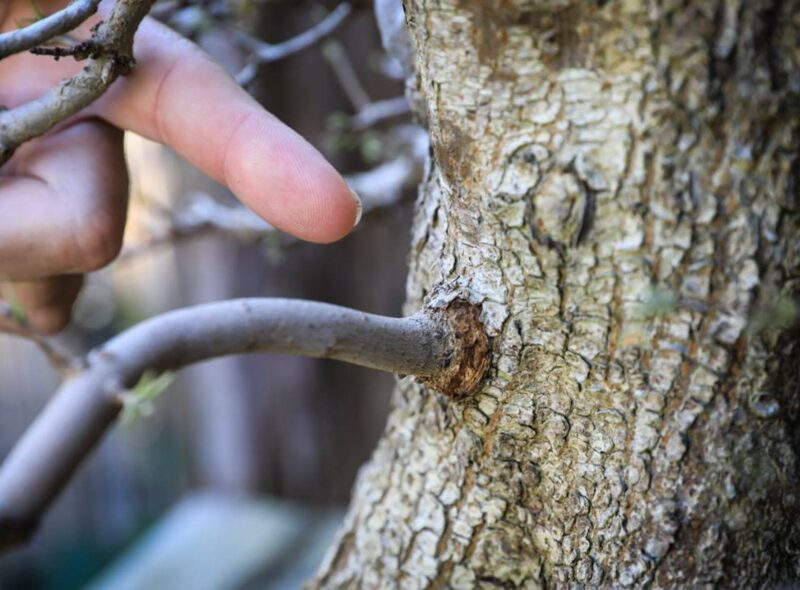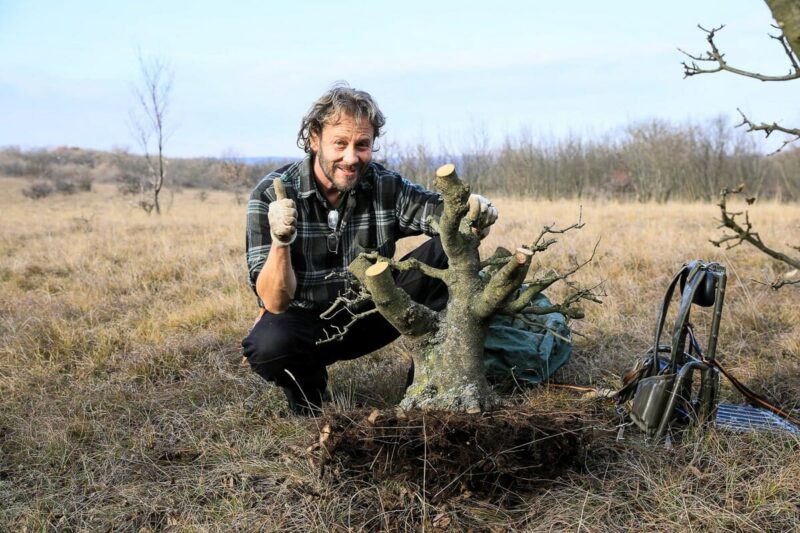FOR CARE:
The copper beech as a bonsai requires special care. The root ball is very sensitive to frost and needs special protection in winter. In general, the copper beech loves plenty of light, but does not tolerate temperatures above 30 °C. A semi-shady location is therefore ideal in summer. The tree is generally happy with normal or slightly acidic soils. Between May and June, intensive spraying against mealybugs is usually necessary. Caution: The copper beech does not tolerate complete leaf pruning. However, light pruning is possible if the foliage is too dense (end of May to beginning of June).





